
© Javier Callejas. MA
“Architecture Is to Put in Order a Room, a House, a City”: In Conversation with Alberto Campo Baeza
由专筑网小R编译
马德里建筑师Alberto Campo Baeza于1946年出生于西班牙Valladolid,成长于Cádiz,于1971年毕业于Politécnica de Madrid大学,并且在1982年获得了博士学位。Campo Baeza在马德里高等技术建筑学院教授建筑学长达40多年。他把建筑看做是一种理念,通过最为基本、清晰的方式表达出来,并且扎根于基本元素,其中包含矩形空间,以及有着空腔和无框架切面的厚重墙体,另外还有由支柱支撑的面板。其作品避免了一些色彩、复杂曲线与材料,主要起强调体量之间的基本关系,也强调了光线的应用。Campo Baeza的作品大多关于透明性与精准性,准确地应用平面、直线等等。其作品相对较少,规模较小。但是,其作品十分完整并且深刻。
Madrid architect Alberto Campo Baeza was born in 1946 in Valladolid, Spain and grew up in Cádiz. He graduated from Universidad Politécnica de Madrid in 1971 and earned his PhD there in 1982. Campo Baeza has been teaching architecture at the Higher Technical School of Architecture of Madrid, ETSAM for more than 40 years. He sees architecture as building ideas and expressing them in the most essential and clear ways, consistently relying on such basic elements as firmly grounded rectangular platforms, thick solid walls with deep cavities and frameless cutouts, and flat thin planes propped up by delicate posts. Colors, complex curves, and diversity of materials are largely avoided to accentuate primary relationships between elementary prisms and to exalt magic out of sunlight. Campo Baeza’s architecture is about transparency and precision, as well as asserting such fundamentals as ground planes, straight lines, and precise corners. He has built relatively few projects and, for the most part, on a small scale. Yet, his legacy is remarkably complete, consistent, profound, memorable, and inspirational.

© Javier Callejas. MA
Campo Baeza获得了许多知名奖项,其中包括2019西班牙建筑金质奖,其最为著名的作品是Infinite之家(Cádiz,2014)、教堂之间的公共空间(Cádiz,2009)、Olnick Spanu住宅(加里森,纽约,2008)、安达卢西亚博物馆(格拉纳达,2010)、Benetton幼儿园(Treviso,意大利,2007)、Caja Granada总部(Granada,2001)、De Blass住宅(马德里附近,2000),以及Gaspar住宅(Cádiz,1992)。这位建筑师出版了许多著作,例如《建筑原理》、《建筑理念》、《建筑诗学》,以及最新的《Sharpening the Scalpel》。以下是作者在其马德里工作室中与其的对话。
Campo Baeza is a recipient of numerous prestigious awards, including the 2019 Gold Medal of Spanish Architecture. His most prominent built works include the House of the Infinite (Cádiz, 2014), public space Between Cathedrals (Cádiz, 2009), the Olnick Spanu House (Garrison, New York, 2008), the Museum of Memory of Andalucía (Granada, 2010), a nursery for Benetton (Treviso, Italy, 2007), Caja Granada Headquarters (Granada, 2001), De Blass House (Near Madrid, 2000), and Gaspar House (Cádiz, 1992). The architect has authored numerous texts published in such of his books as Principia Architectonica, The Built Idea, Poetica Architectonica, and the latest Sharpening the Scalpel. The following is a condensed version of my conversation with Alberto Campo Baeza at his compact studio in Madrid where he practices architecture with a handful of his collaborators.
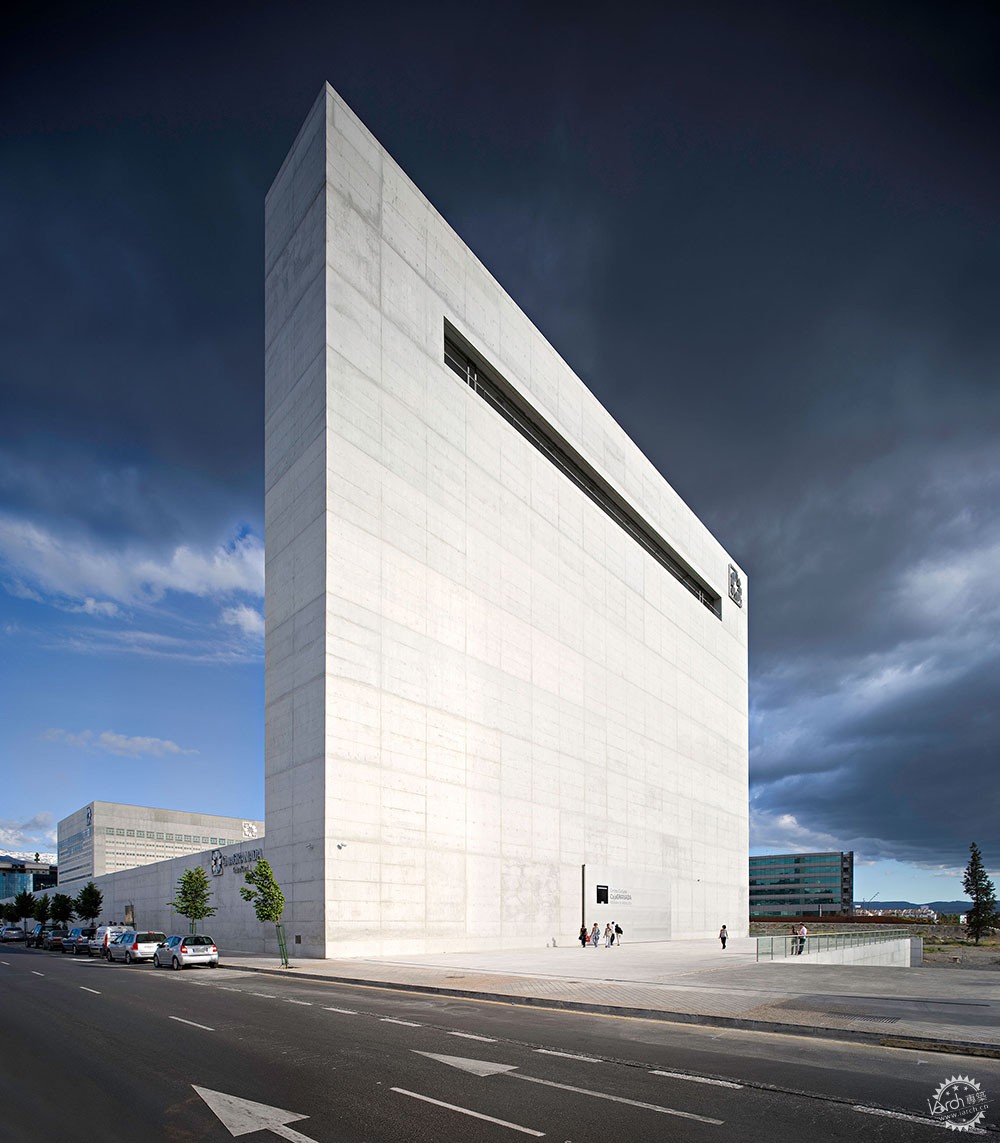
© Javier Callejas. MA
Vladimir Belogolovsky(下文称为VB):大约在10年前,你去了纽约哥伦比亚大学Avery图书馆学习,你可以谈谈这次经历吗?
Alberto Campo Baeza(下文称为ACB):这些年我在ETSAM教书,后来在哥伦比亚大学进行了两次学术访问,分别是在2010年和2011年。在我第二次去的时候,我决定不参加各种各样的演讲,也不做项目,我把全部的时间都花在思考建筑中,在那段时间里,我写了《建筑原理》,其中总结了我多年来的想法。
VB:那你作品的背后有哪些指导理念呢?
ACB:建筑不应该反复无常,每个项目都有特定的场所与功能,每个项目背后也都有科学依据,设计基于理性,建筑师必须有着完整的逻辑,美学并非乌托邦,但是乌托邦也并非不可能。通过新技术,乌托邦也能存在,美学则可以通过逻辑、理性、比例、尺度而实现,建筑师必须认真与深入。
Vladimir Belogolovsky: About ten years ago, you took a sabbatical to study at Columbia University’s Avery Library in New York. Could you talk about that experience?
Alberto Campo Baeza: Over the years that I’ve been teaching at ETSAM, I spent two of my sabbaticals as a visiting scholar at Columbia University – in 2010-11 academic year and in the early 2000s. During my second time, I decided not to be interrupted by various invitations to give lectures or undertake other tempting projects and devoted my time entirely to thinking and contemplating about architecture. During that time of reflection and calmness, I wrote my book Principia Architectonica to distill ideas that I have accumulated over many years of practice.
VB: What are some of the guiding principles behind your work?
ACB: Architecture should not be capricious; every project should be like a diagnosis for a particular site and program. There is science behind every project. Design is based on reason. You have to look for an idea capable to be built. Beauty is not a utopian idea. Utopia is not impossible. With new technology utopia can be built. Beauty can be achieved with logic, rationality, harmonious proportions, and appropriate scale. You have to try to be serious, deep, and sincere.

© Javier Callejas. MA
VB:你是否同意这样的观念,针对一位建筑师而言,诚实可以意味着一定的必要性、保守性,以及超越分析性,而针对另一位建筑师而言,诚实则有些表现性、随意性和直观性。
ACB:是的,但是我更愿意成为一位普遍的个体,而不是个性化个体。高迪是一位天才,但是过于个性化了。如果建筑太过独特,那么就失去了普遍性。在我的作品中,我尽量简约、安静、抽象,其实就是接地气。当然这只是起点和基础,如果要获得真正的美学,那么就需要想象力和灵感,我十分关注透明性和连续性这些主题。密斯并不需要依赖于传统的理念,因为他能够通过技术来实现透明性和连续性。Konstantine Melnikov则希望让自己的作品鞭策光鲜亮丽,“脱掉大理石外衣,像优雅的女神一样展示自己”,建筑应当是严肃的,它并非无趣,它具有美学意义,柏拉图认为:“美是真理的光辉。”意思就是说,美学是理性的表达,而非直观的形态。
VB: Wouldn’t you agree that for one architect to be sincere means to be essential, reserved, and super analytical, whereas for another – it is about being expressionistic, casual, and intuitive.
ACB: It is true, but I would rather try to be universal than personal. Gaudi was a genius but too personal for my taste. When architecture is too unique, it loses a sense of universality. In my work, I try to be simple, quiet, abstract; in short, universal. Sure, this is just the starting point, just the foundation. To achieve real beauty you need imagination, you need inspiration. I focus on such themes as transparency and continuity. Mies did not need to rely on traditional enfilade because he used technology to achieve transparency and continuity. Konstantine Melnikov strived for his architecture to be bare, “to take off her marble dress, remove her make-up and reveal herself as she is, naked, like a young and graceful goddess.” Architecture should be serious, which is not the same as boring. It should be consequential; it should be beautiful. Plato said, “Beauty is the splendor of the truth.” In other words, beauty is the reflection of reason, not a mere intuitive gesture.

© Hisao Suzuki. Casa Gaspar
VB:你认为美学是被大部分人所接受的东西吗?还是说建筑师能够决定这个东西是不是美的?哪个重要呢?
ACB:柏拉图说到民主的时候,他说民主并不是一个好方法。我会怀疑大部分人的想法,我相信,我们都认为密斯的巴塞罗那纪念馆是一座好看的建筑,更是杰作,但是路人会赞同吗?我不是很确定。
VB:你说过,“建筑的历史是一场努力变得更加轻盈的战争。”你认为你的作品关于什么呢?其背后的主要目的是什么?
ACB:很简单,让人们快乐。这听起来很天真吗?但是这是事实,这不是为了自己的虚荣心,也不是为了自我满足,它需要让人享受,我的许多项目都是住宅,你可以想想看,如果住在这座房子里的人害怕触摸其他东西会是什么样的感受。但是我可以保证,我的客户在我设计的住宅里都很开心,我的建筑师在赞颂自由,他们可以有无数种应用空间的方式。我的Infinite之家其实就是一个平台,它位于海边,所以它是一个面向海洋的平面空间,不多也不少。这座住宅不能建造在其他地方,其位置十分独特,它能够享受大海和阳光。你可以从顶部进入室外客厅,然后进入住宅,它通过三种方式组合而成,中央入口、左侧圆形剧场、右侧的游泳池,这也是对David Hockney的游泳池绘画的致敬。
VB: Do you think beauty is something that is accepted by the majority of people or an architect can decide whether something is beautiful and that’s what matters?
ACB: When Plato spoke of democracy, he said that it is not a guarantee for a good way or the best solution. I would be suspicious of what the majority thinks. I am sure, you and I can agree that the Barcelona Pavilion by Mies is a beautiful building. It is a masterpiece, of course. But would people on the street agree with us? I am not so sure about that.
VB: You said, “History of architecture is a fight to try to be lighter, lighter, and lighter.” What would you say your work is about? What are the main intentions behind your architecture?
ACB: Very simple – to make people happy. Does it sound naïve? But it is true. It is not for my own vanity, not for my own satisfaction. It is for people to enjoy. Many of my projects are houses. Imagine if people who live in my houses would be afraid of touching everything. I can assure you that my clients are happy in my houses. My buildings are a sort of hymn to freedom. People can live in my houses in a thousand different ways. My House of the Infinite in Cádiz is basically a platform, a podium because it is at the border of the sea. So, it is an infinite plane facing the infinite sea. It is like a jetty shooting into the sea. Nothing more, nothing less. This house could not be built anywhere else. It is very particular to its location. It is built to enjoy the sea, the climate, the sun. You enter the house from the top, which is designed as the outdoor living room; it is carved in three ways – the entry in the center, the amphitheater to the left, and the swimming pool to the right, which is a homage to the iconic pool paintings by David Hockney.
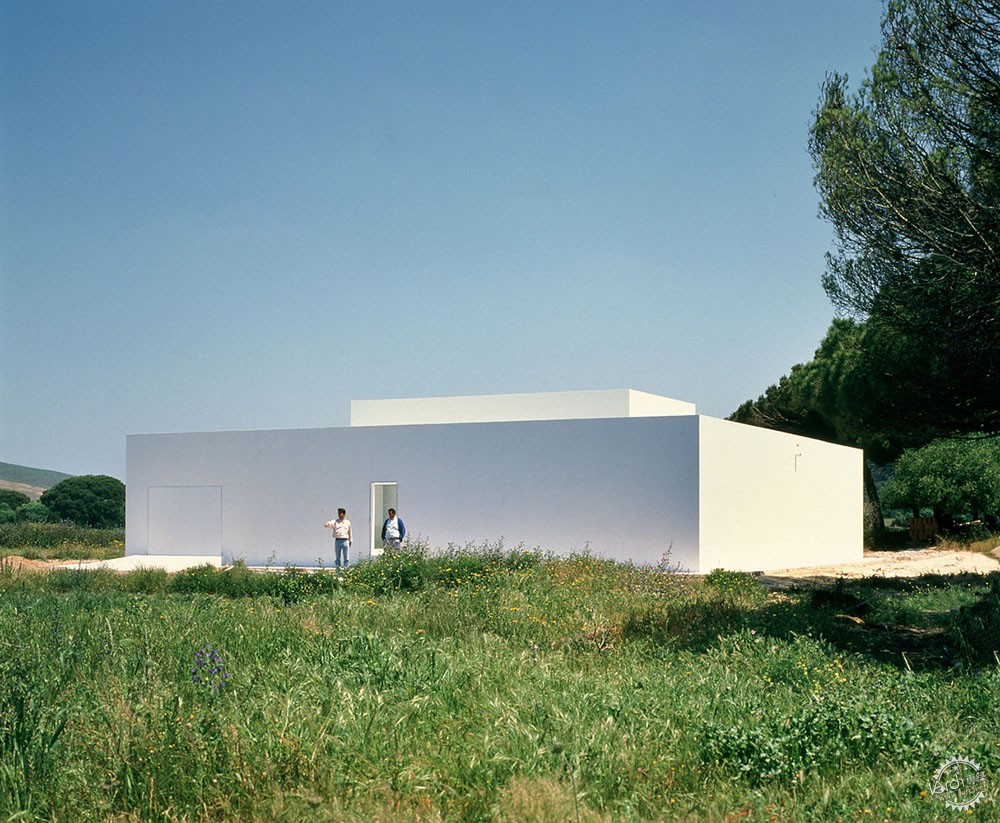
© Hisao Suzuki. Casa Gaspar
VB:那除了快乐和自由,你的建筑还关乎什么呢?
ACB:我的建筑十分中立,我不会强加任何东西,对于任何特定的生活方式都没有限定,我的住宅住起来很舒适,限制是幸福的先决条件。
VB:你会针对每个项目进行点评吗?你的建筑越来越轻盈?
ACB:我并不认为我们能够谈论任何特定的项目,随着年龄的增长,一些事情变得愈发清晰,每个项目都是新发现。我不想重新创造,我想要发现的都并非原始,而是一些必不可少的东西,重要的是,每个项目都有挖掘新东西的潜力。
VB: Apart from happiness and freedom what else is your architecture about?
ACB: My architecture is neutral. I try not to impose anything. There is no insistence on any particular style of life. My houses are easy to live in. Restraint is a prerequisite of happiness.
VB: Could you comment on progress in your work from project to project? Is it about making your buildings lighter and lighter?
ACB: I don’t think we can speak of any particular progress. As one becomes older, certain things get clearer. Every project must be a discovery. I’m not trying to be original. I try to discover not originality, but things that are essential. What’s important is that every project becomes a potential for discovering something new.
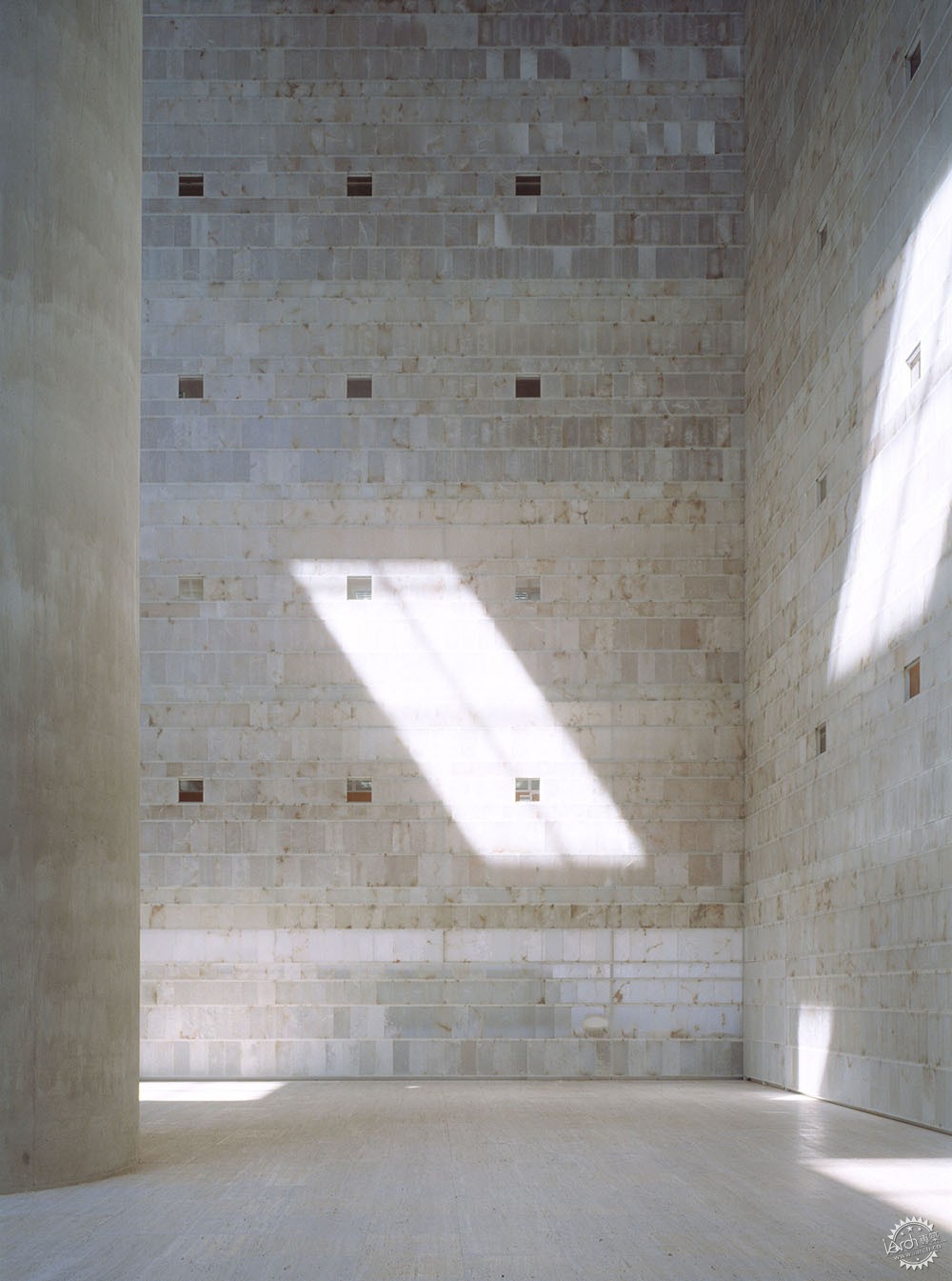
© Roland Halbe. Caja Granada
VB:那这也说明了你的作品比较少,且规模较小的原因。
ACB:几年前,一位建筑师告诉我,“Alberto,我设计了两千多座建筑。”我记得当时在想,“我的妈呀!两千多座建筑!”因此我决定看一下我的笔记,发现自己只完成了37个项目,我觉得这简直是个灾难,后来我阅读了Bill Bryson的一本书,莎士比亚传记,书上写道,“你相信吗,莎士比亚只写了37部戏剧。”那我就感到很开心了!(笑)我认为对于自己做的事情开心是最重要的,你要相信自己的作品,认真对待每个项目。
VB:这是在很多年前,从那时起你做了多少项目呢?
ACB:一些吧,大概有45个项目,比莎士比亚多一些!(笑)
VB: This attitude explains why you built relatively few projects and predominantly on a small scale.
ACB: A few years ago, a fellow architect told me, “Alberto, I have built two thousand buildings.” I remember thinking, “My God, two thousand buildings!” So, I decided to go over my notes and files and discovered that I completed only 37 projects. I thought, “What a disaster!” Then I read something interesting in a book by Bill Bryson, the biographer of William Shakespeare. The book stated, “As you know, William Shakespeare wrote only 37 plays.” All of a sudden, I felt so satisfactory! [Laughs.] I think it is important to be satisfied with what you do. You have to believe in your work and be serious about each and every project.
VB: This was a few years ago. How many projects have you done since then?
ACB: A few more, so I have built about 45 projects, more than William Shakespeare! [Laughs.]
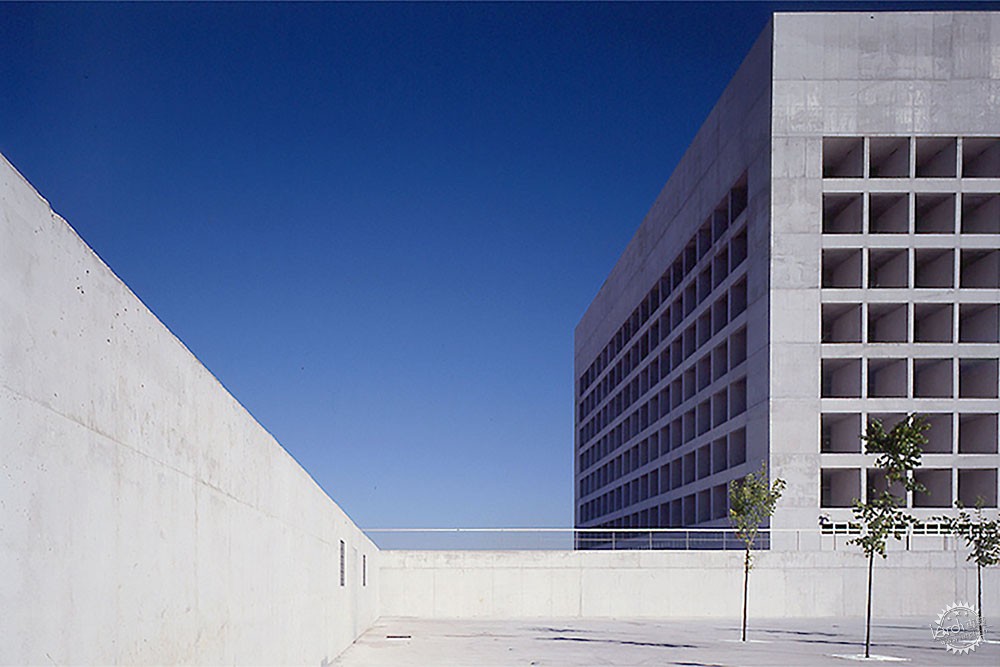
© Fernando Alda. Caja Granada
VB:你说过,建筑的质量通过其功能来决定,它能阻止时间的流逝。但是许多建筑师的关注点恰恰相反,他们希望保留运动的瞬间,你怎么看呢?
ACB:我说过时间的暂停,当然,这是从哲学角度而言。如果你看看罗马万神殿,其美学具有普遍性,它的未来也是如此。那么你怎么做到一些基本又特别的东西呢?人们常常把创新和异国情调混为一谈,但是我不是这一派,我说过,我想要做的东西都不是最初的创意,而是基本的内容,你无法拥有不能实现的想法,但是如果你没有想法,那更不可能实现。
VB:你的建筑形式简约。但是你也认为你的作品十分抽象,但是不是极简主义,这是为什么呢?
ACB:我不喜欢极简主义这个词,我的目标不是成为完美的极简主义者,我觉得这很罪孽,但是我也不觉得很羞耻!(笑)对我来说干净和纯粹比较重要,有时它甚至很显而易见,这很重要,有什么比阳光下的展示更重要的东西呢?没有光就没有建筑,就像没有空气就没有音乐一样,乐器是很好的建筑隐喻,作为建筑师,我们设计建筑就像是作家在写书,目的是清晰的表达,这就像是医生的手术刀一样。我们会调整想法,调整尺寸和比例,选择合适的形态,在时间截止之前你都会不断地调整,你的建筑具有表达性,什么是建筑呢?对我而言,只是将某个东西有条理的表达出来即可,就是做好一间房、一个家、一座城。
VB: You said that the quality of architecture is measured by its capacity to stop the passage of time, to hold time in suspension. But so many contemporary architects are concerned with exactly the opposite – they try to capture movement and dynamics of the fleeting moment. What do you think about that?
ACB: When I speak of suspension of time it is, of course, in philosophical terms. If you look at the Pantheon in Rome, its beauty is universal, and it will remain so in the future. How do you achieve something fundamental, something special? People confuse originality with frivolity or being exotic. But I’m not original or exotic. Again, I try to discover not originality, but the basic things. You cannot have an idea incapable of being materialized and you cannot materialize it if you haven’t got an idea.
VB: Your buildings are basic in their forms and minimalist in their details. Yet, you maintain that your architecture is abstract but not minimalist. Why is that?
ACB: I hate the word minimalist. My goal is not to be a minimalist or purist and perfect. No, no, no, I am a sinner. I am not ashamed of that! [Laughs.] What is important for me is to be clean, simple, and sometimes, even obvious, there is nothing wrong with being obvious. what can be more obvious than working with the sunlight? There is no architecture without light, just like there is no music without air. I think a musical instrument is a good metaphor for a building because as architects we tune our buildings just like writers write and rewrite their texts to be ever clearer, specific, and sharp, just like the surgeon’s scalpel. We are all tuning and sharpening our ideas – perfecting dimensions, proportions, distances between columns, choosing between square or rectangular forms, how to hide corner joints, and so on. You tune and tune until the time comes and your building has to perform. What is architecture? To me, it is to bring things in order and clarity – to put in order a room, a house, a city.
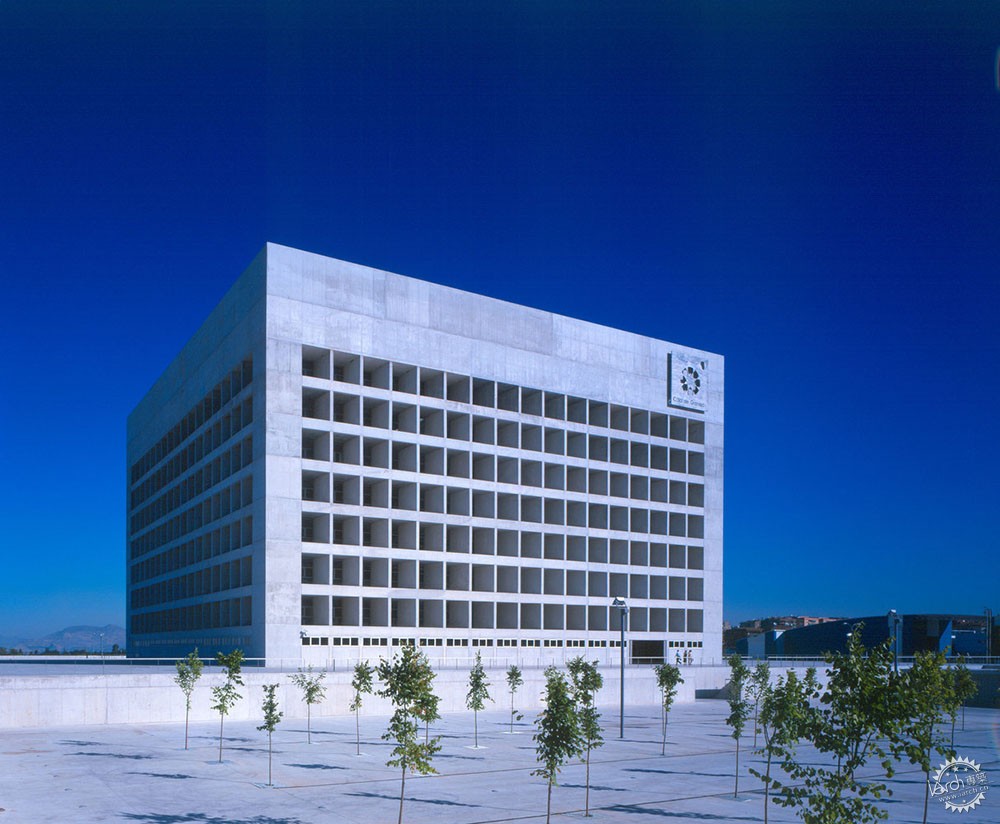
© Hisao Suzuki. Caja Granada
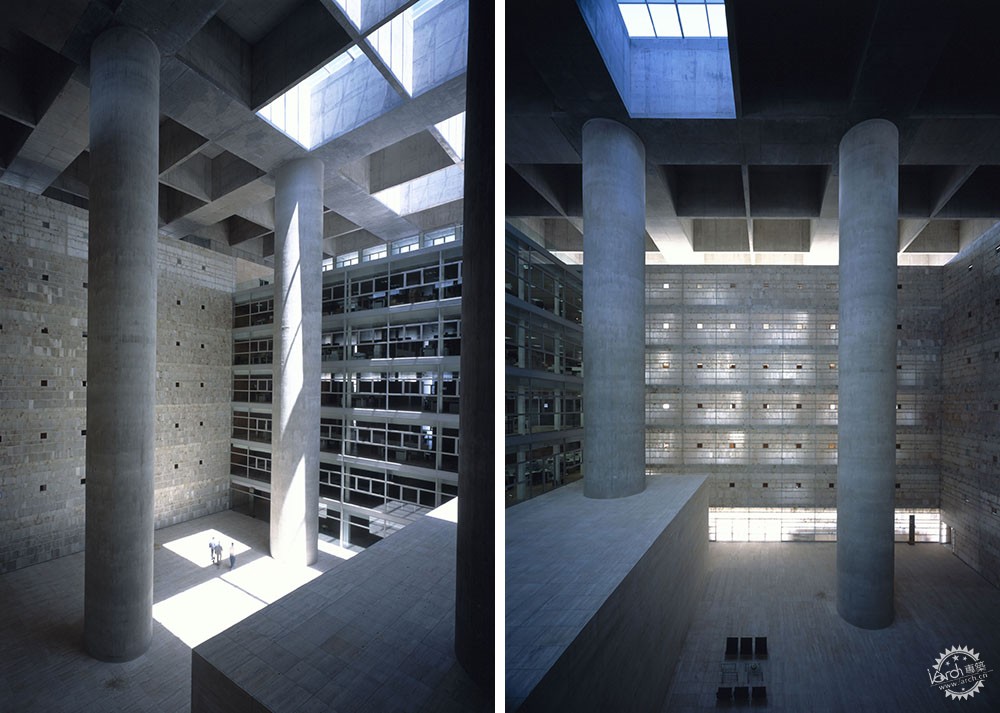
© Hisao Suzuki. Caja Granada

© Marco Zanta. Benetton Daycare Center
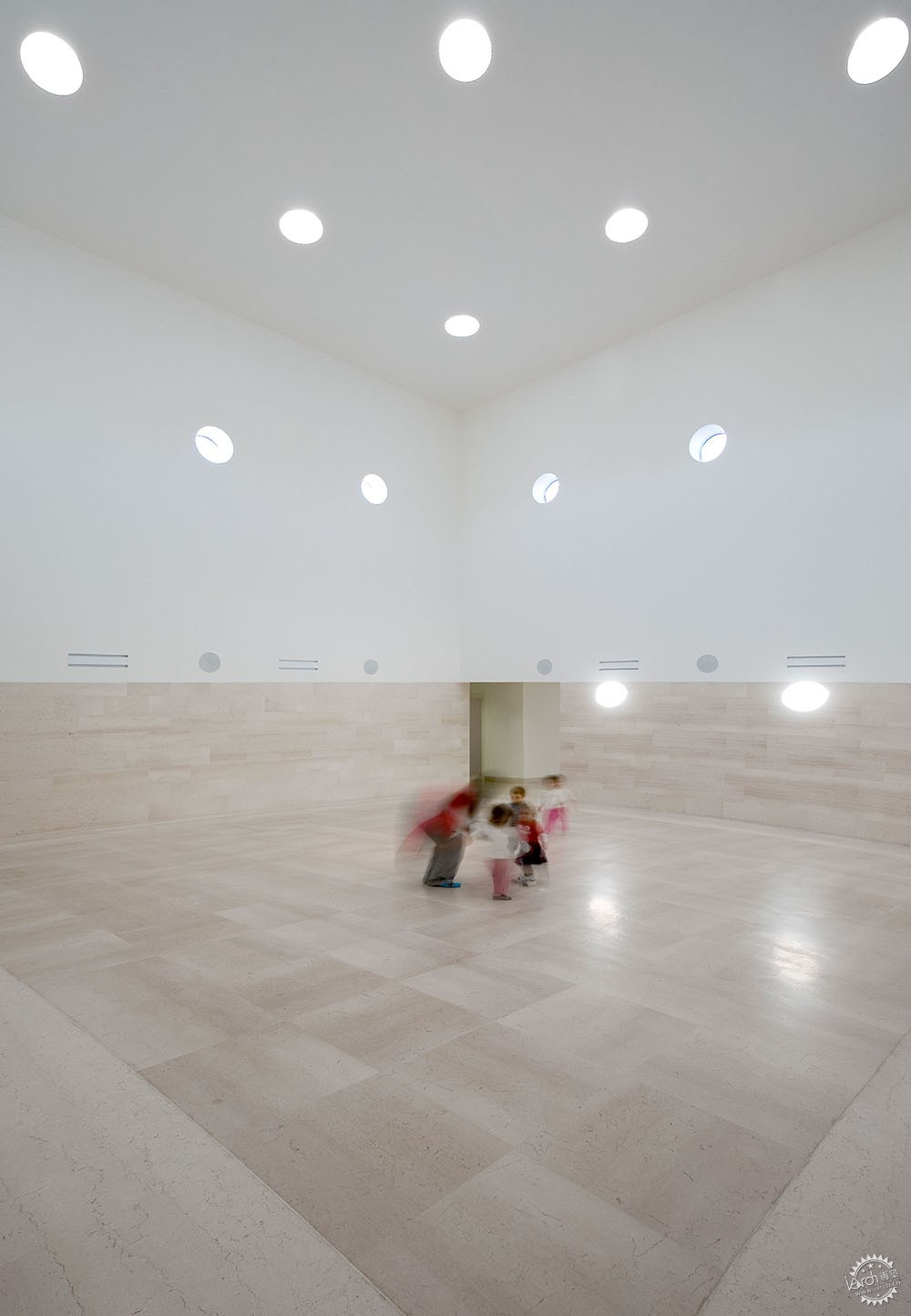
© Marco Zanta. Benetton Daycare Center
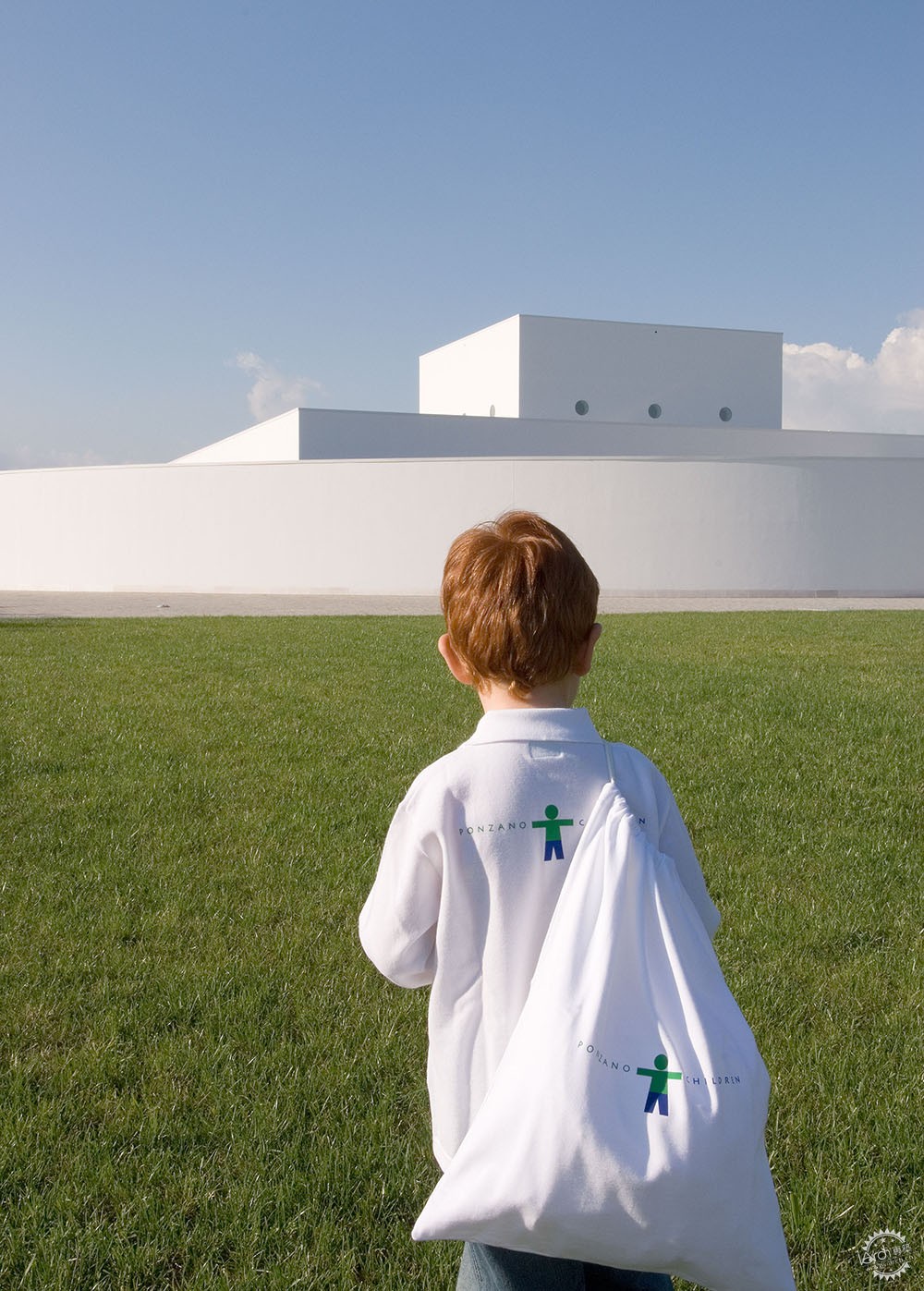
© Marco Zanta. Benetton Daycare Center
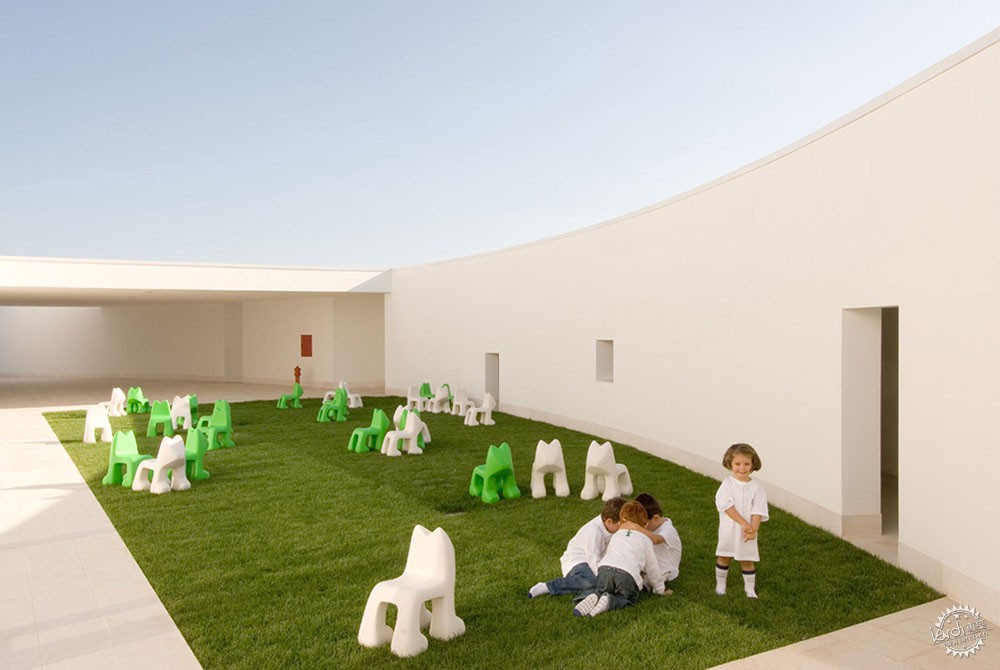
© Marco Zanta. Benetton Daycare Center

© Javier Callejas. EC

© Javier Callejas. EC
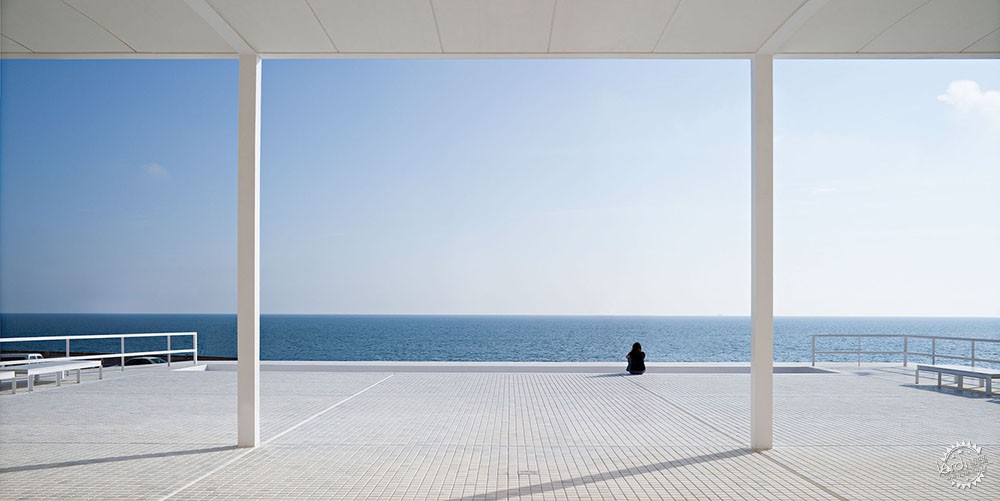
© Javier Callejas. EC

© Javier Callejas. MA
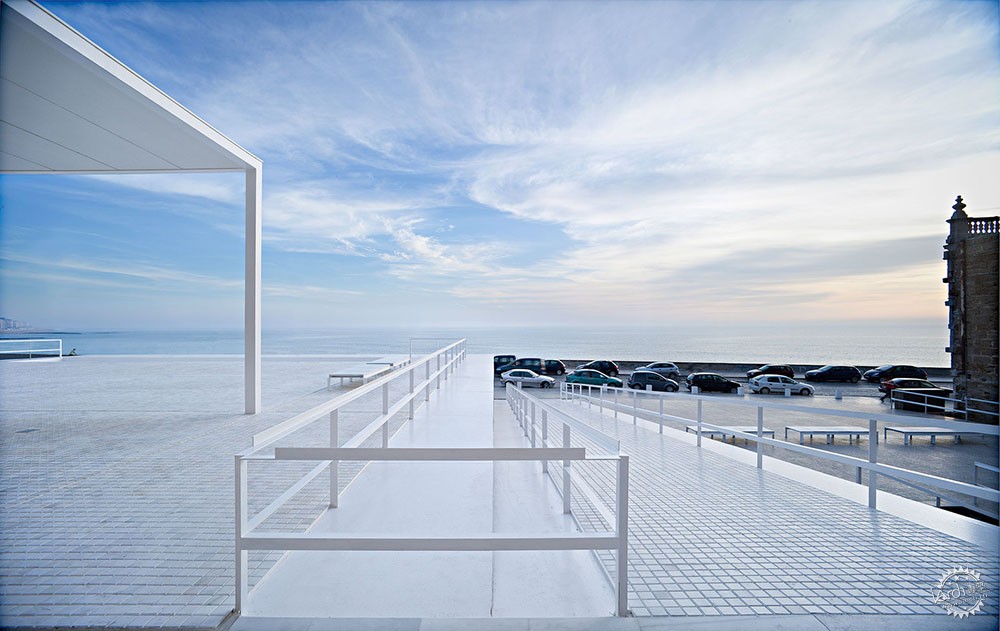
© Javier Callejas. EC
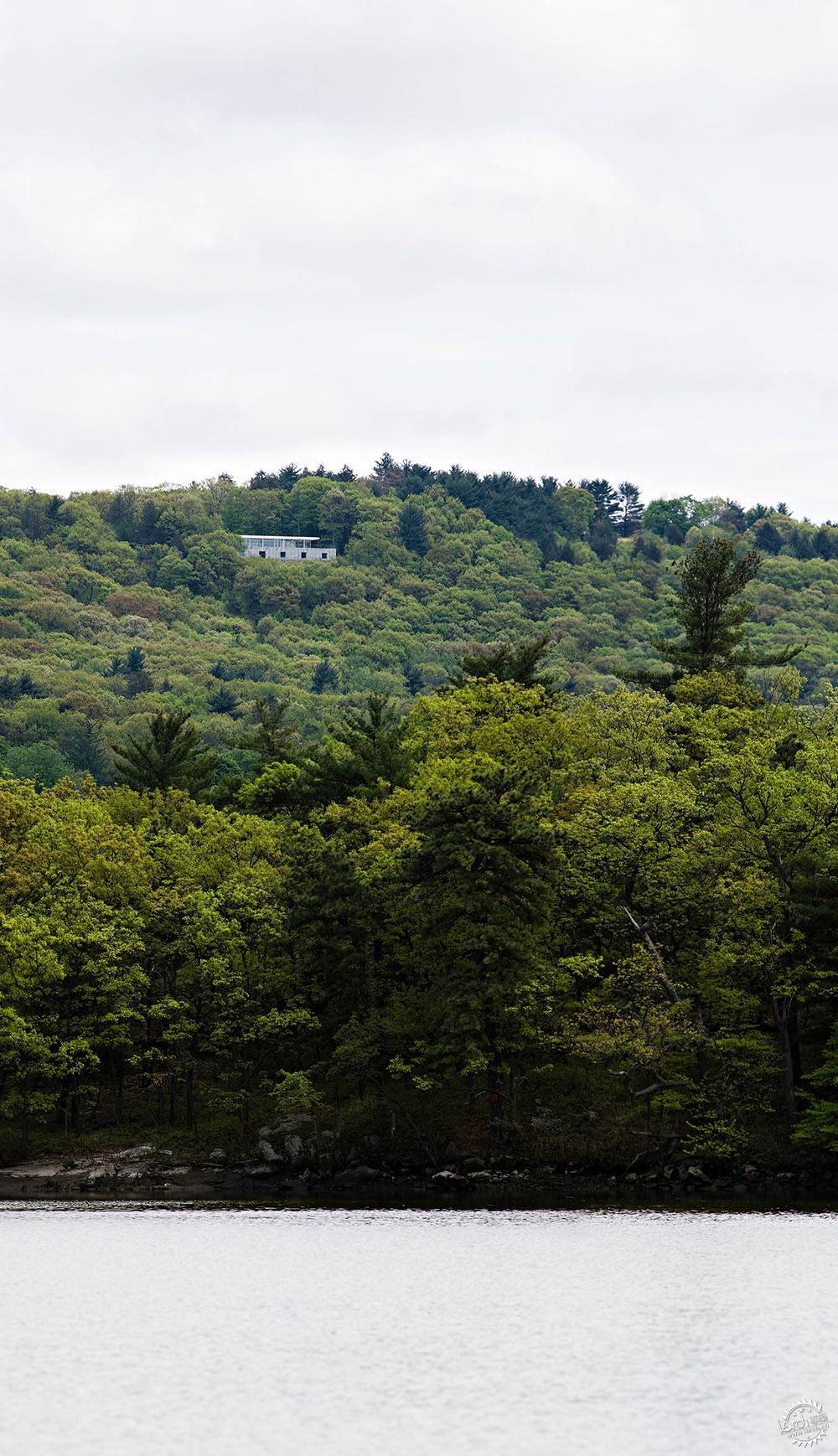
© Javier Callejas. Casa Olnick Spanu

© Javier Callejas. Casa Olnick Spanu
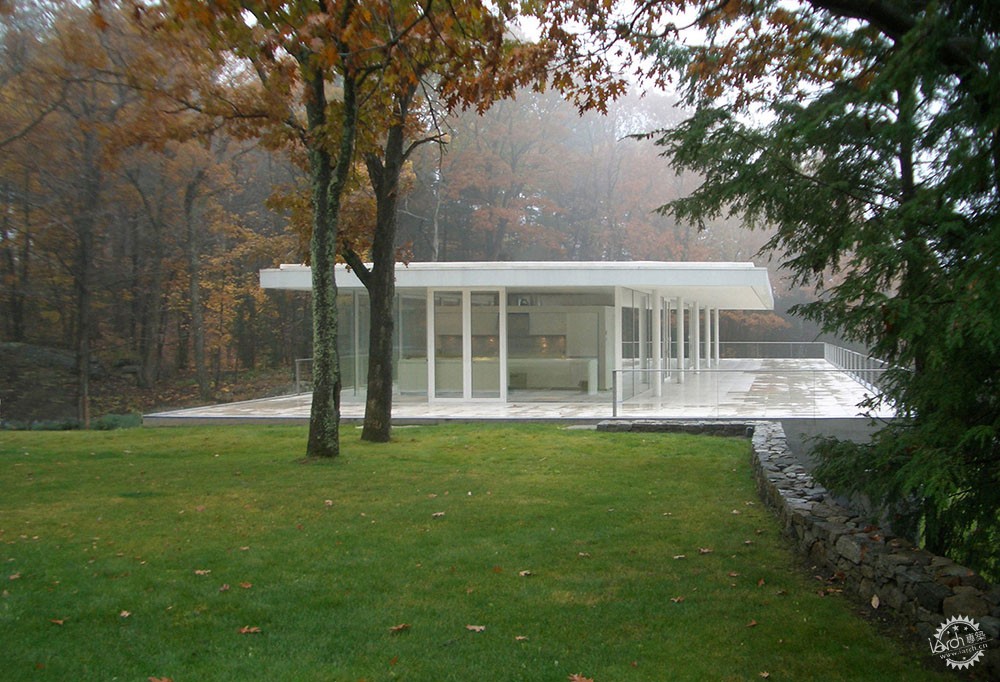
© Javier Callejas. Casa Olnick Spanu

© Javier Callejas. Casa Olnick Spanu
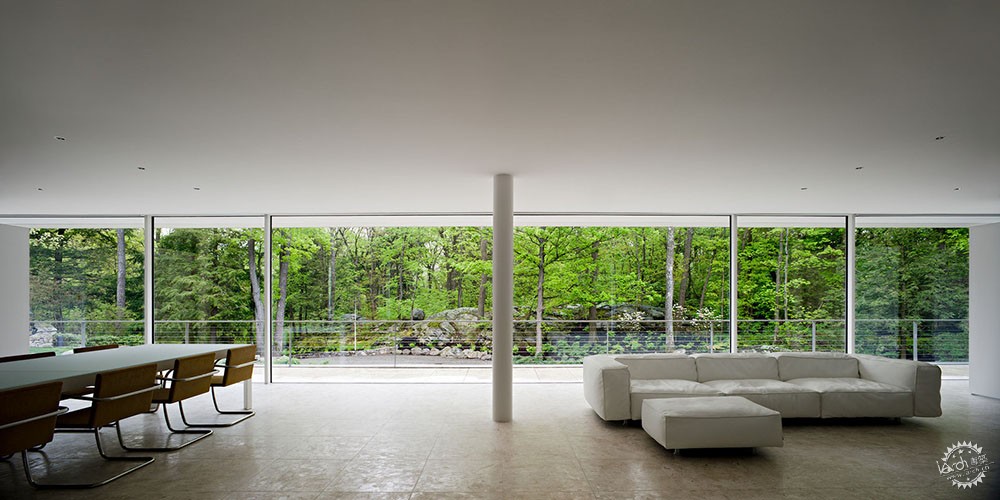
© Javier Callejas. Casa Olnick Spanu
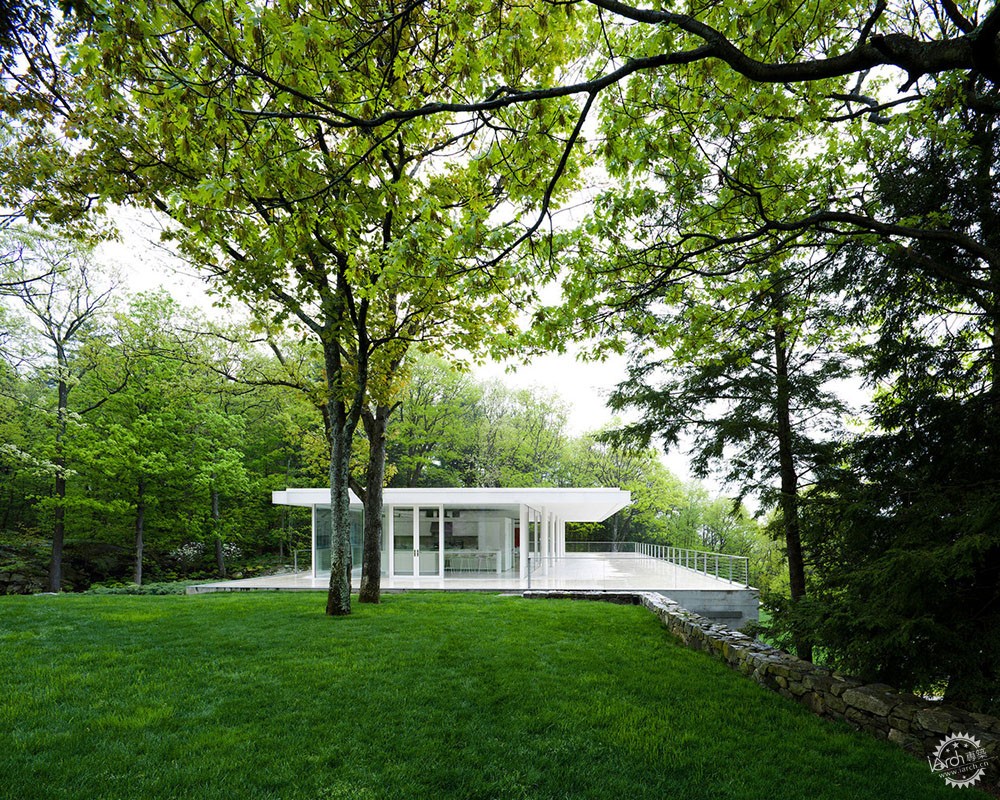
© Javier Callejas. Casa Olnick Spanu
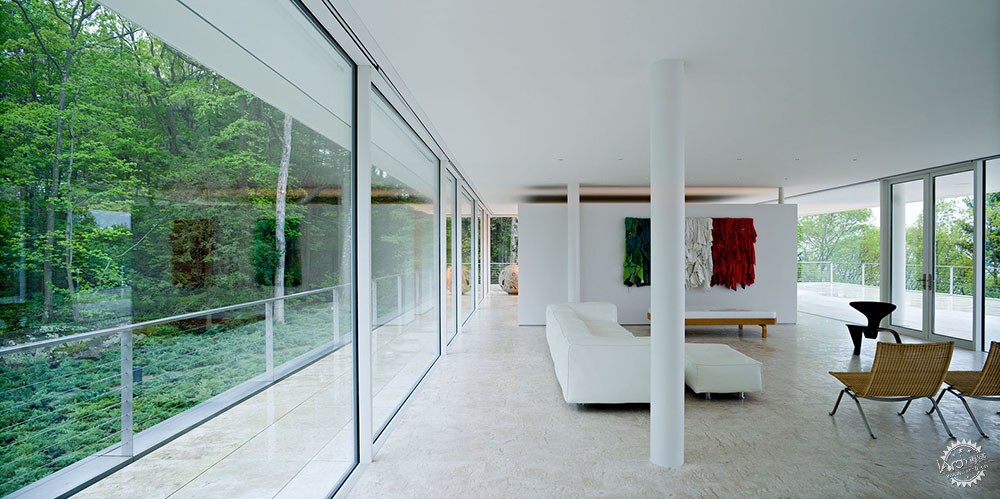
© Javier Callejas. Casa Olnick Spanu
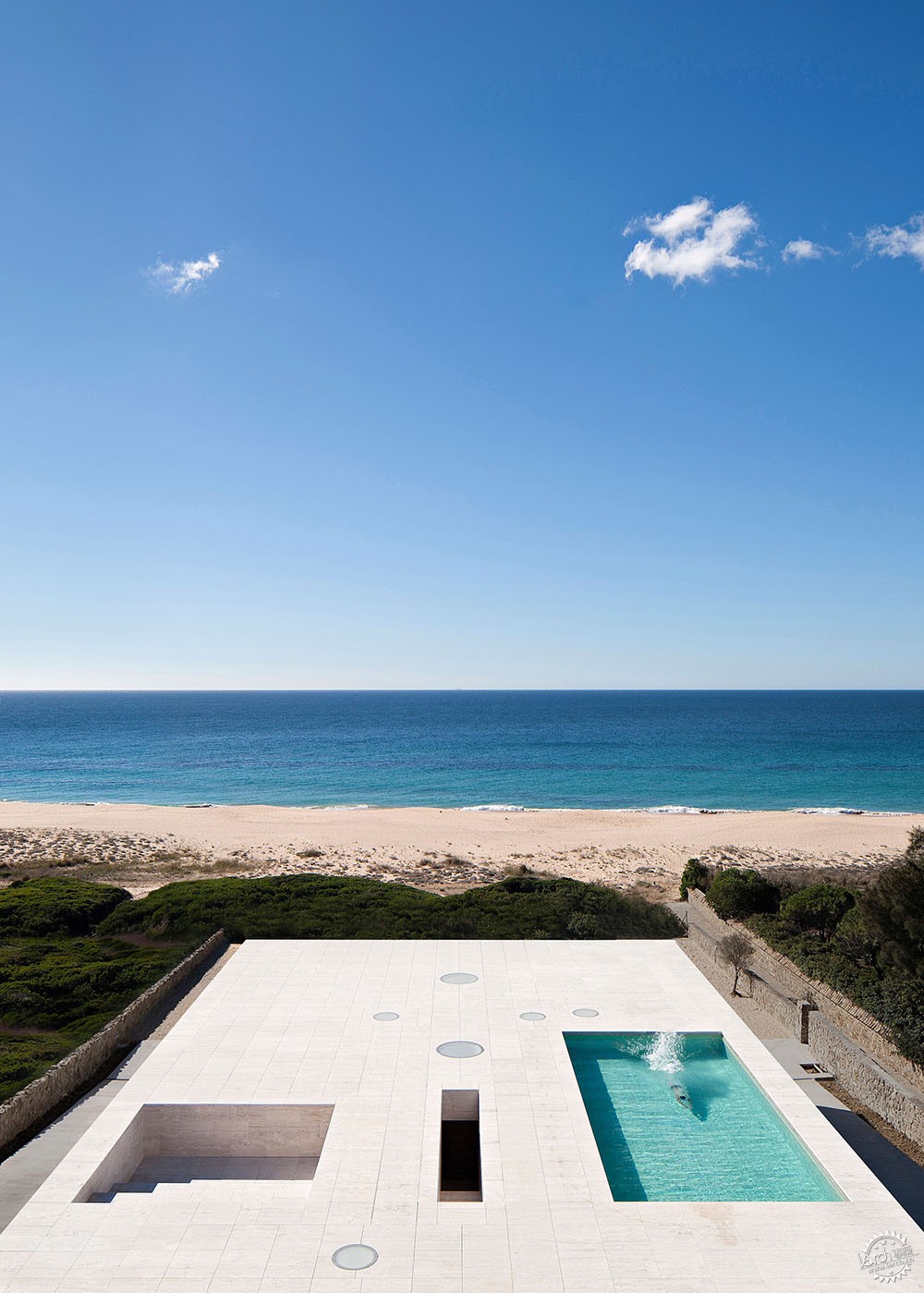
© Javier Callejas. House of the Infinite

© Javier Callejas. House of the Infinite
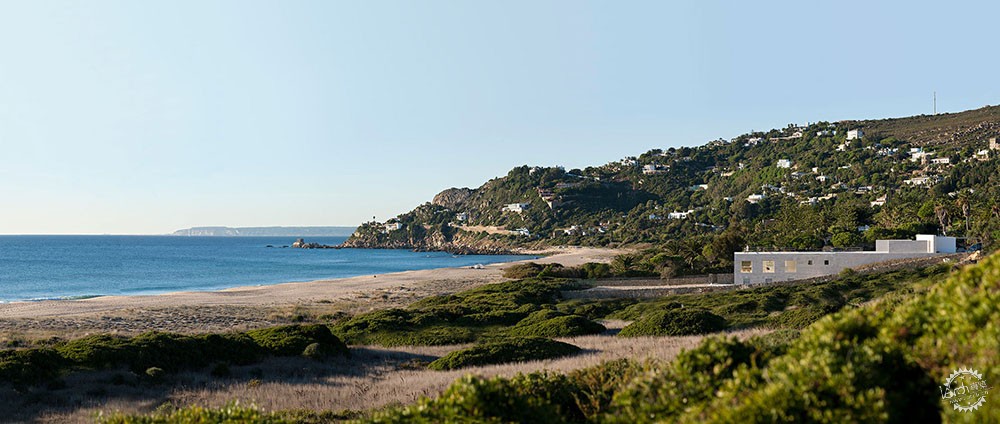
© Javier Callejas. House of the Infinite

© Javier Callejas. House of the Infinite
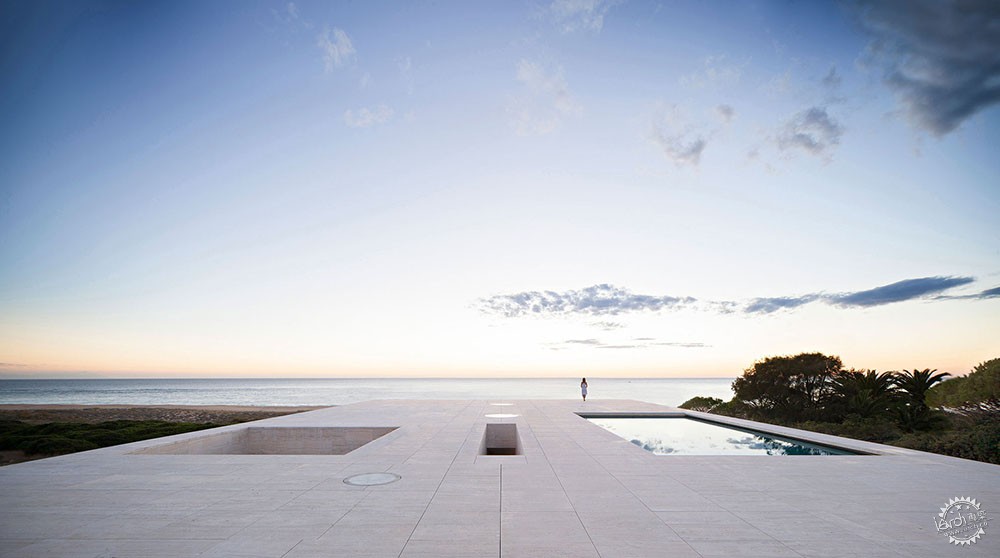
© Javier Callejas. House of the Infinite
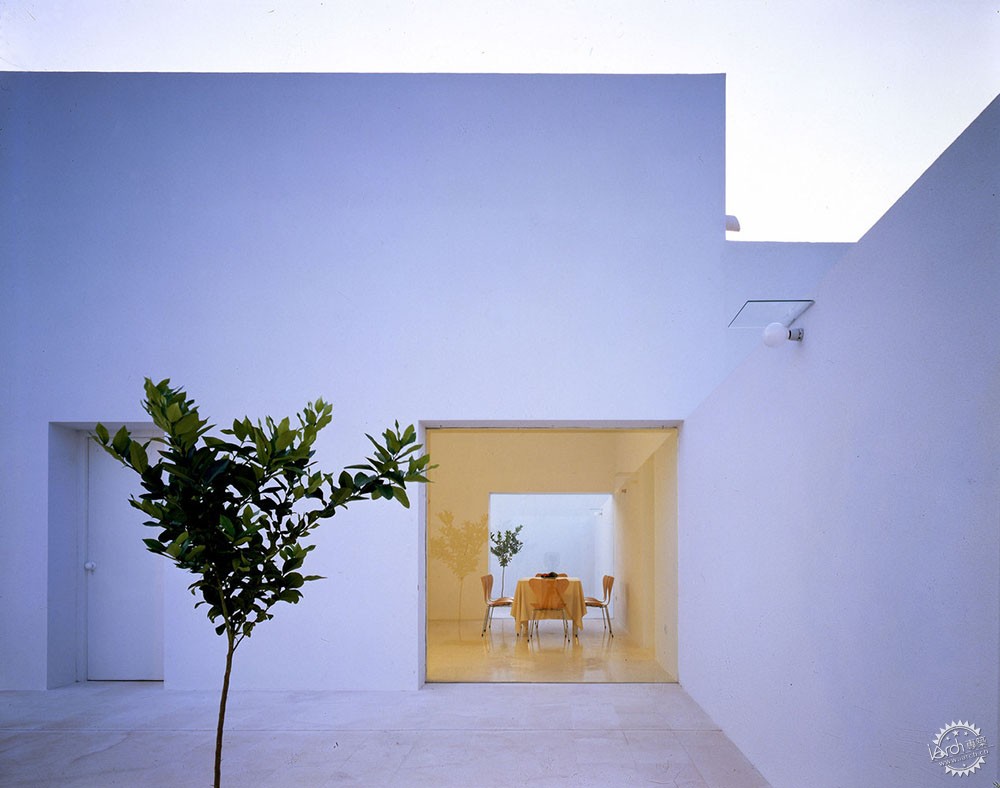
© Hisao Suzuki. Casa Gaspar
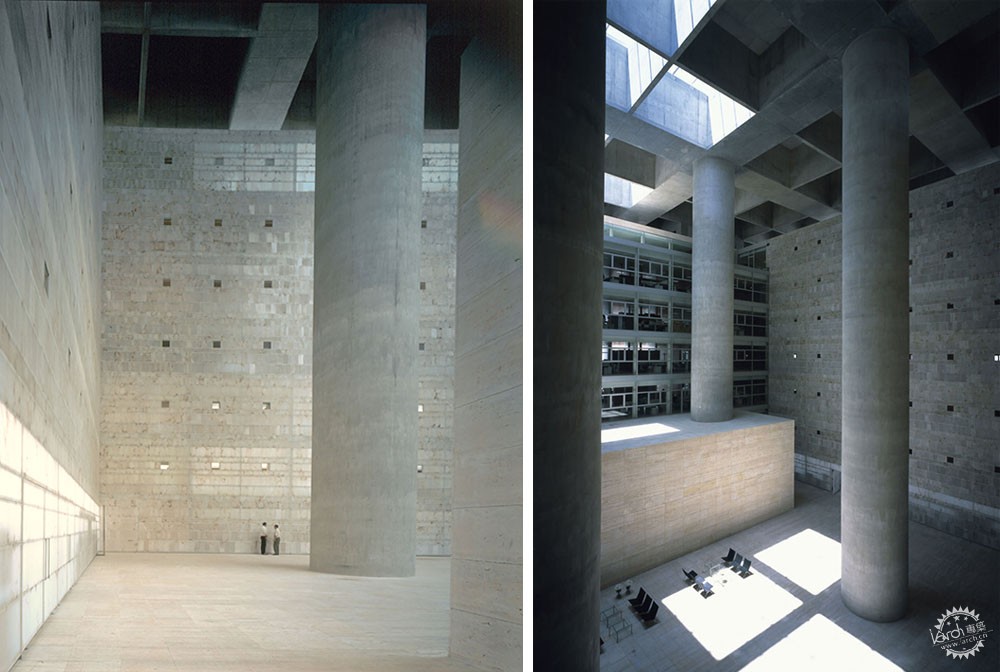
© Hisao Suzuki. Caja Granada
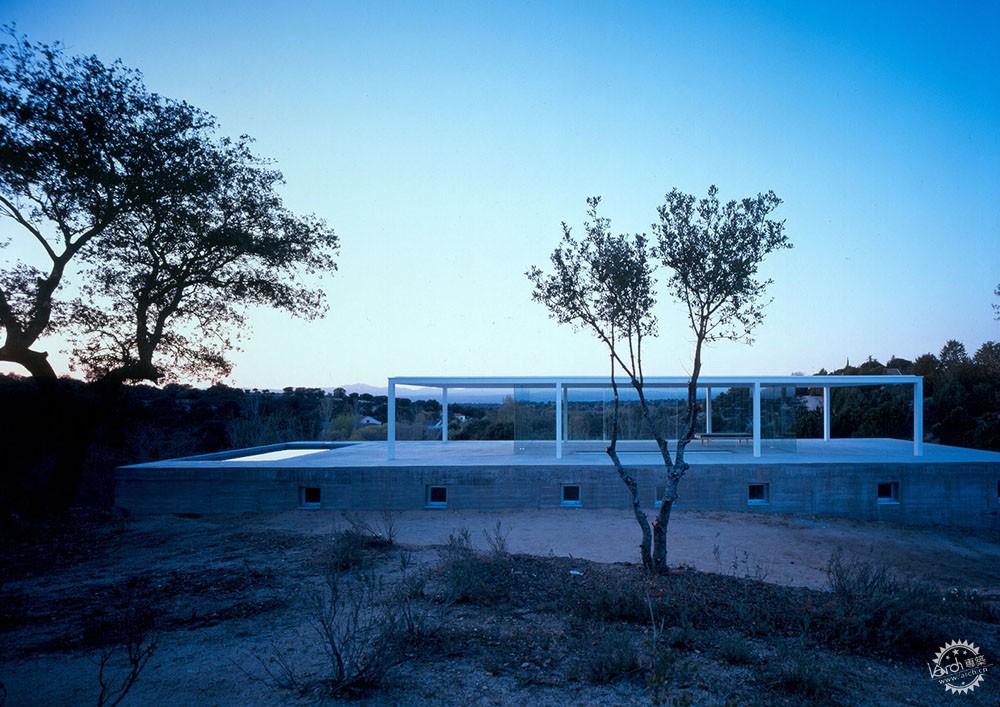
© Hisao Suzuki. Casa De Blas
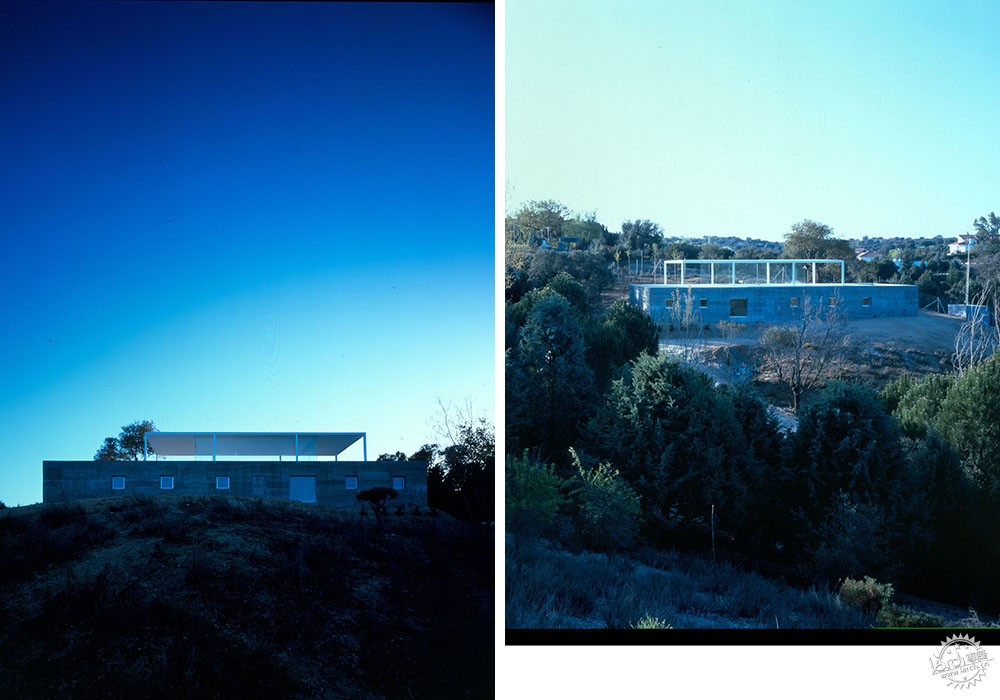
© Hisao Suzuki. Casa De Blas

© Hisao Suzuki. Casa De Blas

© Hisao Suzuki. Casa De Blas
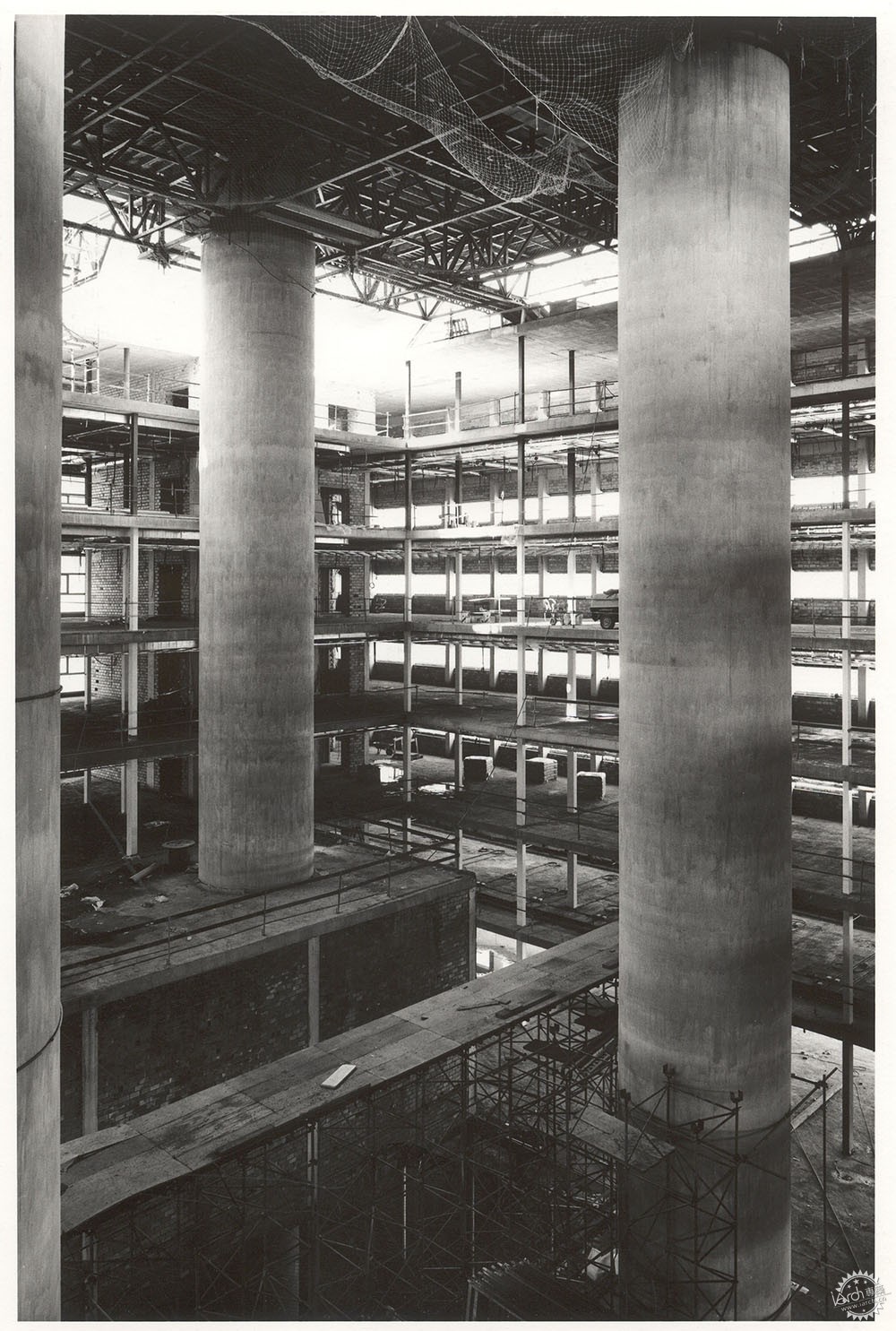
© Alberto Piovano. Caja Granada
|
|
